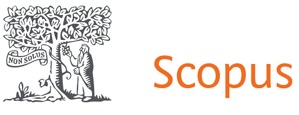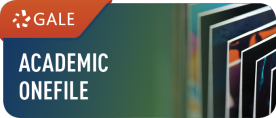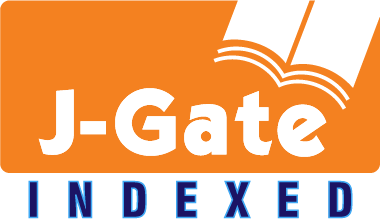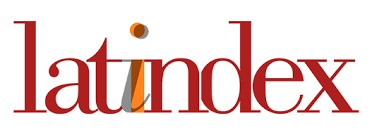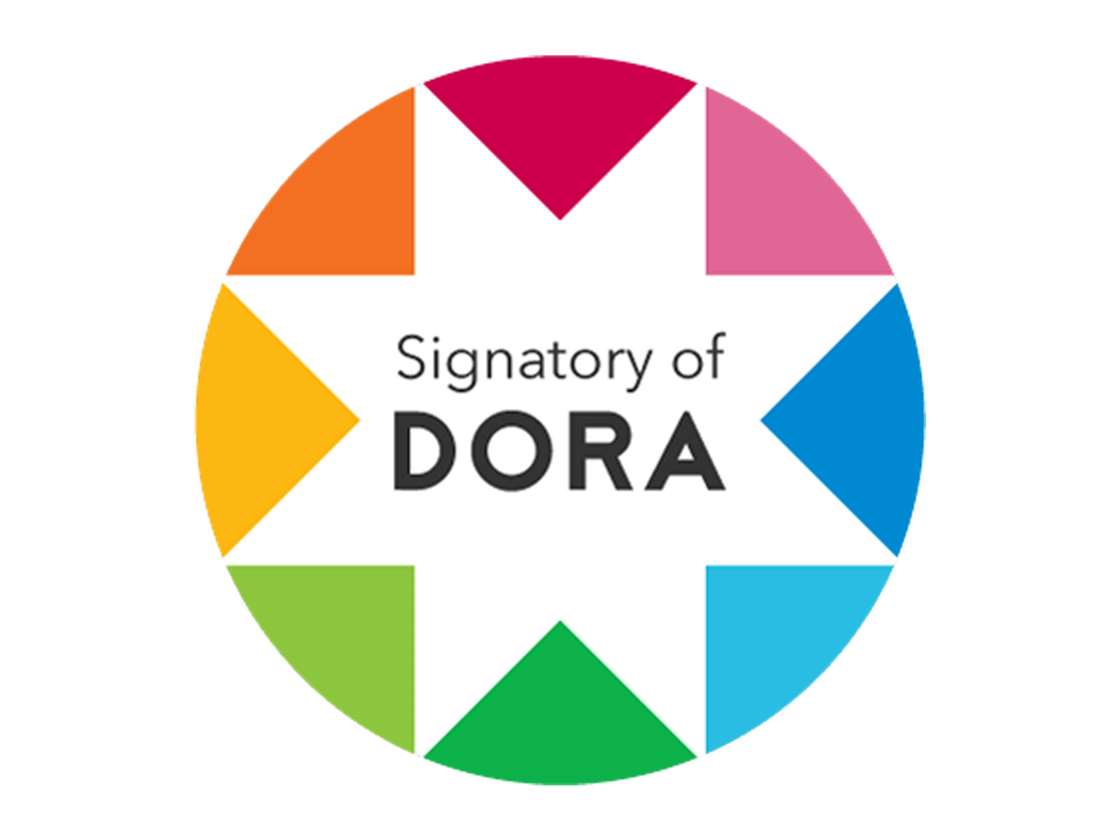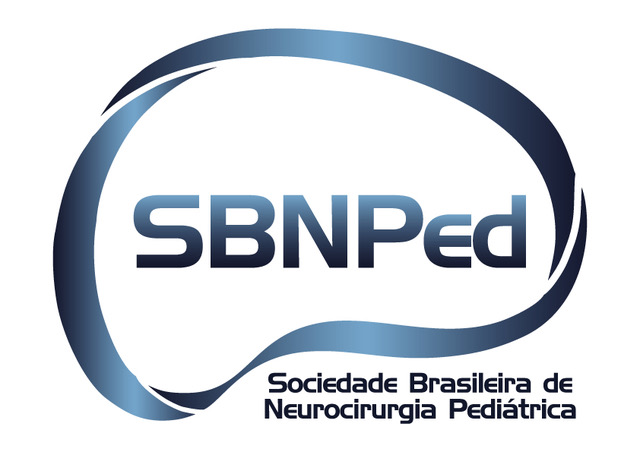Vagal Nerve Stimulation for Refractory Epileptic Encephalopathy in Patient with Lissencephaly: Case Report from Indonesia
DOI:
https://doi.org/10.46900/apn.v7i3.310Keywords:
lissencephaly, refractory epilepsy, vagal nerve stimulationAbstract
Introduction: Lissencephaly is a rare brain malformation that causes severe developmental delays and intractable seizures. Traditional anti-epileptic drugs (AEDs) often fail to control seizures in these patients. Vagal nerve stimulation (VNS) has shown promise as an adjunctive treatment for refractory epilepsy.
Case Presentation: A 19-year-old male with lissencephaly and epileptic encephalopathy was referred for VNS implantation after experiencing poorly controlled seizures despite maximum doses of Levetiracetam and Valproic Acid. The patient had daily seizures and frequent episodes of convulsive status epilepticus. EEG revealed multifocal spikes, primarily in the frontal regions. VNS implantation was performed, initially set at 0.2 mA and gradually increased to 1.5 mA over two months. Follow-up results showed a progressive reduction in seizure frequency. By two months, the patient experienced 5-7 seizure-free days each month, with further improvements noted at six months. At ten months, the seizures were brief and infrequent, and the patient no longer required rescue medication.
Conclusion: VNS therapy significantly improved seizure control and the patient’s quality of life. Regular follow-up and tailored adjustments to the VNS settings were essential for optimizing seizure management. This case highlights VNS as a valuable option for managing refractory epilepsy in patients with severe neurological conditions.
Downloads
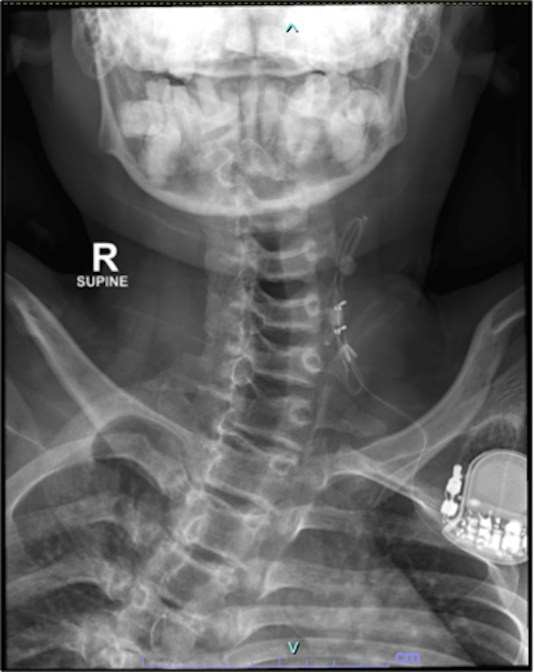
Downloads
Published
How to Cite
Issue
Section
Categories
License
Copyright (c) 2025 Arie Khairani, Adi Sulistyanto, Muhana Fawwazy Ilyas

This work is licensed under a Creative Commons Attribution 4.0 International License.

When publishing in Archives of Pediatric Neurosurgery journal, authors retain the copyright of their article and agree to license their work using a Creative Commons Attribution 4.0 International Public License (CC BY 4.0), thereby accepting the terms and conditions of this license (https://creativecommons.org/licenses/by/4.0/legalcode).
The CC BY 4.0 license terms applies to both readers and the publisher and allows them to: share (copy and redistribute in any medium or format) and adapt (remix, transform, and build upon) the article for any purpose, even commercially, provided that appropriate credit is given to the authors and the journal in which the article was published.
Authors grant Archives of Pediatric Neurosurgery the right to first publish the article and identify itself as the original publisher. Under the terms of the CC BY 4.0 license, authors allow the journal to distribute the article in third party databases, as long as its original authors and citation details are identified.









